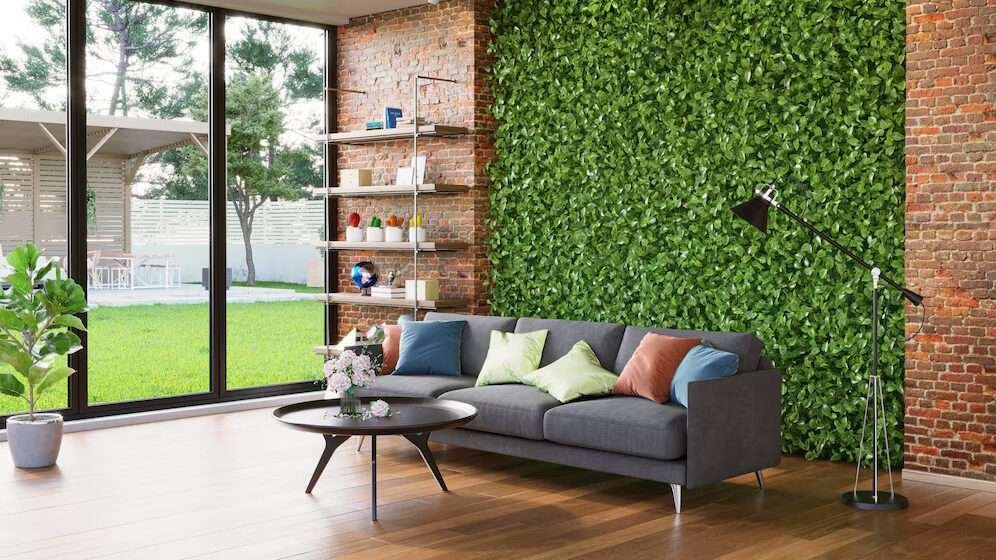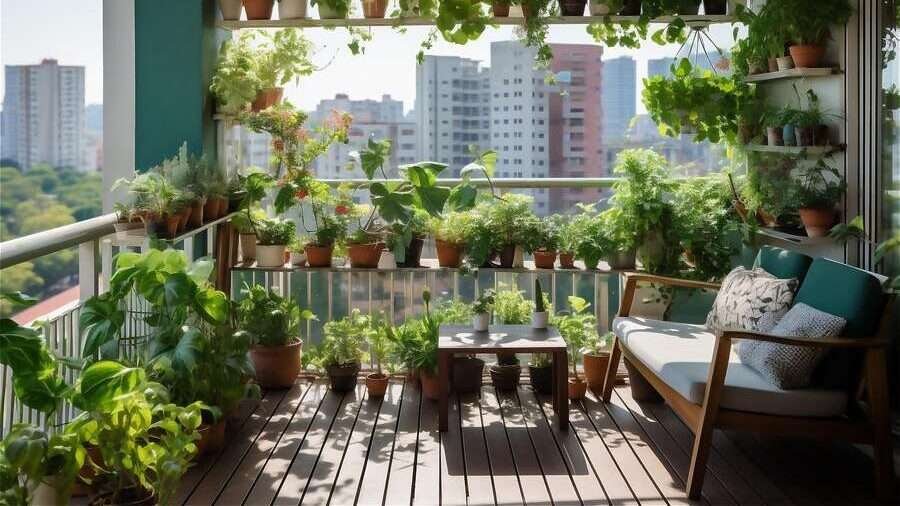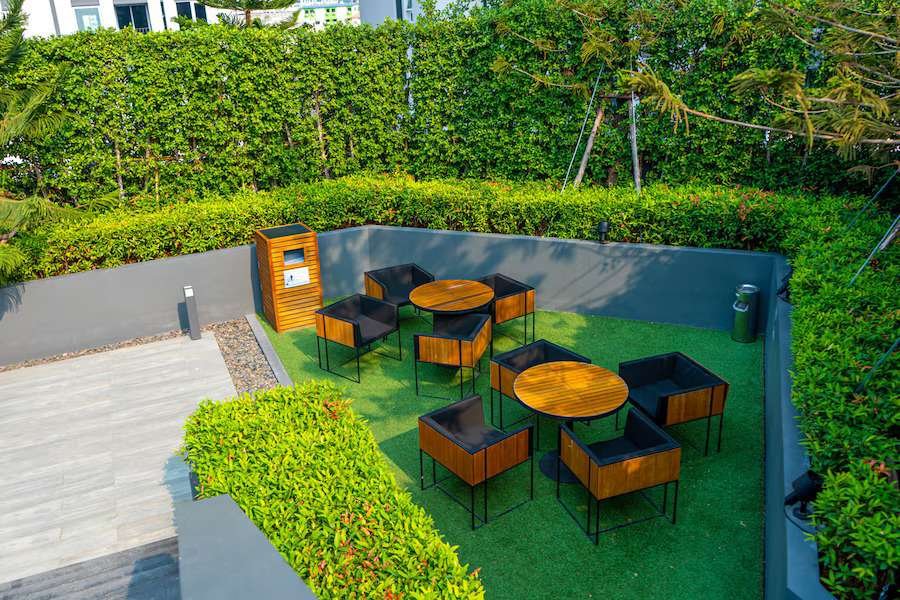The rise of urban gardening isn’t just a fad; it’s a green revolution taking root in the concrete jungles of our cities. Whether it is a sprawling metropolis like New York or a high-rise haven in Singapore, modern home gardeners prove you don’t need a back forty to grow a flourishing garden.
In this comprehensive analysis, we’ll uncover the top five reasons why urban gardening has taken the sustainable and wellness world by storm and why you ought to dig in if you haven’t already.
The Green in the Grey: Urban Gardening Defined
Urban gardening, also known as urban horticulture, community gardening, or city farming, is the practice of cultivating, processing, and distributing food in or around urban areas. It involves a range of approaches, from household gardens to rooftop or balcony gardens.
The modern revival of urban gardening can be attributed to many socio-environmental factors. Still, at its core, this resurgence reflects a growing desire for greener, healthier living spaces.
Reason 1: Space Optimization

A typical modern urban home doesn’t boast the vast stretches of empty land so often associated with traditional gardening. Yet, this challenge has catalyzed a creative surge in how space is utilized. Vertical gardens, hydroponics, and tiny window sills transform spatial constraints into innovative growing areas.
Vertical Gardens and Green Walls
Vertical gardening is growing plants upwards, typically using structures that support them. This method maximizes space and creates stunning visual features within the home. With various systems available, from simple DIY setups to sophisticated modular designs, turning its barren wall into a lush paradise is easier than ever.
The Hydroponic Highway
Hydroponic systems are soil-less plant cultivation techniques that utilize water mixed with a nutrient solution. Compact and highly productive, these setups save space and yield higher and faster than traditional gardening. For urban dwellers with a penchant for technology, hydroponic gardening is the perfect blend of modernity and growth.
Balcony Bounty
Another optimization strategy for gaining steam is balcony gardening. By using hanging planters, multi-tiered structures, and compact varieties of fruits, vegetables, and herbs, urbanites are bringing the farm closer to home. The tranquility of tending a garden in the heart of the city becomes an everyday luxury.
Reason 2: Sustainability at Heart

The modern urban gardener is acutely aware of their environmental imprint and seeks to minimize it. Urban gardening is a sustainability double-whammy; not only does it reduce the carbon footprints amassed from importing produce, but it also promotes eco-friendly practices at home.
Local and Organic Living
One of the most significant draws of urban gardening is the ability to produce food locally and organically. By growing one’s produce, individuals circumvent the choices of industrial farming, which can be heavy-handed on the Earth. The satisfaction of eating what one has grown, free from pesticides, in one’s urban environment is unmatched.
Reduce, Reuse, Recultivate
Composting kitchen scraps is a quintessential and accessible practice for urban gardeners. Not only does it reduce waste, but it also provides nutrient-rich fertilizer for the garden. In the life cycle, waste becomes a resource, and the home garden becomes a paragon of sustainability.
Reason 3: Health Benefits Harvest

The act of gardening has profound impacts on the gardener’s health. It provides access to fresher, more nutritious foods, facilitates stress relief, and keeps us moving in a world increasingly sedentary.
Fresher, Healthier Harvest
Fresh food is invariably healthier than its store-bought counterparts. Urban gardeners can pick their produce at peak ripeness, leading to higher nutrient content and better taste. It’s pharmacy-to-table dining at its finest.
Decompressing with Dirt
Gardening is widely recognized as a stress reliever. In an urban context, where green spaces are at a premium, cultivating even a tiny garden can serve as a vital escape. The physical act of gardening and the cognitive break it provides can transform the urbanites’ mental state, increasing happiness and well-being.
Reason 4: Building Gardens, Building Community

Urban gardens are not just isolated green oases but can serve as focal points for community interaction and support. Whether through cooperative growing efforts or shared education, these gardens can foster relationships beyond the backyard.
Cooperation Over Competition
A sense of collective responsibility and benefit arises in areas where space is shared, such as community gardens. Members support each other, share knowledge, and often even share the bounty of their labors. This shared experience in caring for the land encourages a stronger sense of community and environmental stewardship.
Educational Epicenters
Urban gardens can function as outdoor classrooms, especially those designed and maintained by community groups. People of all ages can learn about gardening, nutrition, and environmental sustainability. Furthermore, educational events and workshops can turn gardens into gathering spaces, enhancing community spirit.
Reason 5: Aesthetic Appeal and Added Value

Urban gardens enhance the look and feel of residential spaces. They add life and color to otherwise drab urban landscapes. Beyond aesthetics, they also promise a return on investment through increased property value.
Lush Landscaping
The beauty of an urban garden transcends its practical nature. Plants and flowers add depth and vibrancy to living spaces. They can transform a nondescript apartment into a cozy haven or define the skyline from a rooftop retreat.
In the Green for Greenery
Studies have shown that well-kept gardens can add significant value to urban properties. They increase curb appeal and offer a unique selling point. Gardens are a rare but highly sought-after feature for properties with limited outdoor space.
FAQ
Is urban gardening only for those living in cities?
- While the term “urban” may suggest a city setting, anyone living in an area with limited outdoor space can practice urban gardening.
What are some examples of plants suitable for urban gardens?
- Some popular options include herbs, leafy greens, tomatoes, and peppers. Compact varieties of fruits like strawberries and dwarf trees are also suitable for urban gardens.
How much time and effort does urban gardening require?
- It varies depending on the garden size, but most urban gardens can be managed with a few work hours per week. The effort required also depends on the type of plants grown and their maintenance needs.
Cultivating the Future of Urban Gardening
For many compelling reasons, urban gardening has found fertile ground in our modern homes. It optimizes space, promotes sustainability, bolsters health, nurtures community, and enhances living standards.
This burgeoning trend is more than just a hobby; it’s a movement. The need for urban gardens will only grow as we move toward denser urban living. It’s a movement that cultivates plants and nurtures a sense of place and community in the city.
Urban gardening isn’t just about growing food; it’s about increasing a lifestyle that reconnects us with nature and one another. As we’ve seen, the benefits are bountiful, and the time to join the green revolution is now. Whether on a balcony in Brooklyn or a rooftop in Rio, the seeds of urban gardening are there for the sowing. And the harvest, in all its forms, is ripe for the picking.







